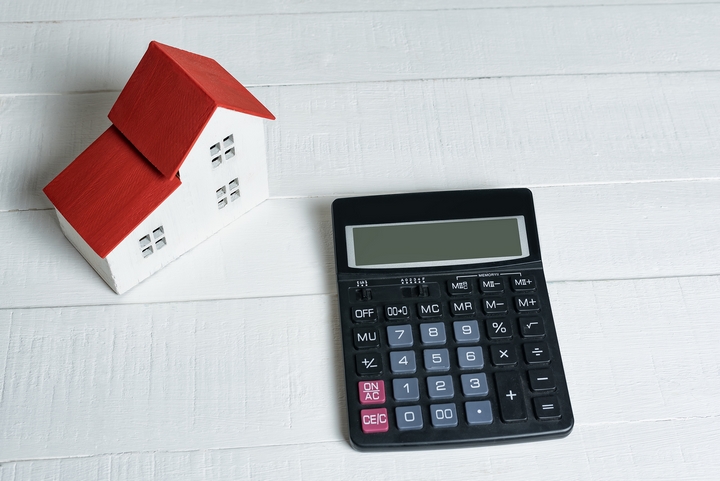What Is the Difference Between 15 vs 30 Year Mortgage?
For most home buyers, the standard 30-year mortgage seems to be the go-to financial instrument for first-time homeownership. However, there is also a 15-year mortgage that is available, but not a favoured option.
Both these loans are structured the same, with the main difference being the term. A 30-year mortgage can make your monthly payments affordable, whereas a 15-year mortgage, while higher, costs less in the long run. Which option is suitable for you? To make that decision, you need to understand the benefits and disadvantages of both mortgages Windsor.
Let’s learn about the differences between 15 vs 30-year mortgages.
1. Cost Impact

A shorter team loan means a higher monthly payment, making this 15-year mortgage less desirable to first-time homeowners. However, a shorter loan term means several cost advantages in the long run.
2. Less risk

It’s also less risky for banks to offer a 15-year loan than a 30-year long. A 15-year loan costs the banks less to provide shorter-term loans than longer ones which is why the interest rate is lower on a 15-year mortgage than on a 30-year mortgage. A 15-year mortgage is considerably cheaper based on this criterion.
3. Shrinking balance

A 30-year mortgage is affordable monthly for the first-time homeowner. However, the balance to be paid also shrinks slowly. For a 30-year mortgage, the primary balance does not decrease as fast as it does compare to a 15-year mortgage.
4. Interest rate

As mentioned earlier, the interest rate is lower on a 15-year loan. The general rule is that the higher the interest rate, the more significant the payment gap. A borrower could be paying 2.2 times more interest on the borrowed amount on a 30-year loan than on a 15-year loan.
5. The ability to purchase a better-quality home

A 30-year mortgage gives the homeowner a relatively lower monthly payment, and this also means that the borrower can afford a better-quality home than if they opted for a 15-year mortgage. The lower monthly payment also enables borrowers to build up their monthly savings and frees them up to fund other goals.
6. Forced savings

A 30-year mortgage allows the borrower to save more in funds for a rainy day. A 15-year mortgage would require the borrower to already have enough funds to fund a higher monthly mortgage for a rainy day. On another note, both forms of mortgage offer forced savings.
Both options allow a person to purchase a property. In this case, a home is an asset that appreciates. If borrowers can afford a higher payment, they opt for a shorter loan. If not, they opt for a longer loan. Either way, you’re investing in an appreciating asset.
7. How soon do you get to own the home?

A 15-year mortgage allows you to own your home in 15 years, and you’ll be free of mortgage payments. This is crucial, especially if you are nearing retirement age. If you aim to be debt-free sooner, a 15-year mortgage may be an option.
8. Your monthly budget

You must look honestly at your monthly budget to consider whether you can afford a higher mortgage and how far your existing funds can get you if something unexpected happens. Calculate the amount left behind every month to fund your lifestyle after you’ve paid your mortgage- this is a good indication if you need to go lower or higher on your monthly payments.
9. Building equity

A 15-year mortgage gives you the ability to build home equity faster. Home equity is the difference between what your home is worth and what’s left on your loan to pay, and it defines the portion of the property that you truly own. If you pay your mortgage in a shorter time, you build equity faster, enabling you to refinance your mortgage quicker.
10. Financial security and peace of mind

A 30-year mortgage offers peace of mind. Knowing that you have more funds to put aside each month instead of paying your mortgage helps provide financial security in case unexpected events happen, such as repairs to the home, fixing your car, or funding a medical emergency. A 30-year mortgage allows you to afford more physical property and a larger home than a 15-year mortgage.
11. Putting funds into other savings needs

A lower monthly payment on your mortgage also enables you to fund and save other elements of your life, such as retirement, college funds, and even holiday funds. Not putting a majority of your income on a monthly mortgage enables you to add to a positive balance in other investments and funds you have.
Unless your income allows you to save and spend without affecting your lifestyle, a 15-year mortgage may not be obtainable—still, the average homeowner making the 30-year mortgage a more desirable and reachable goal.

